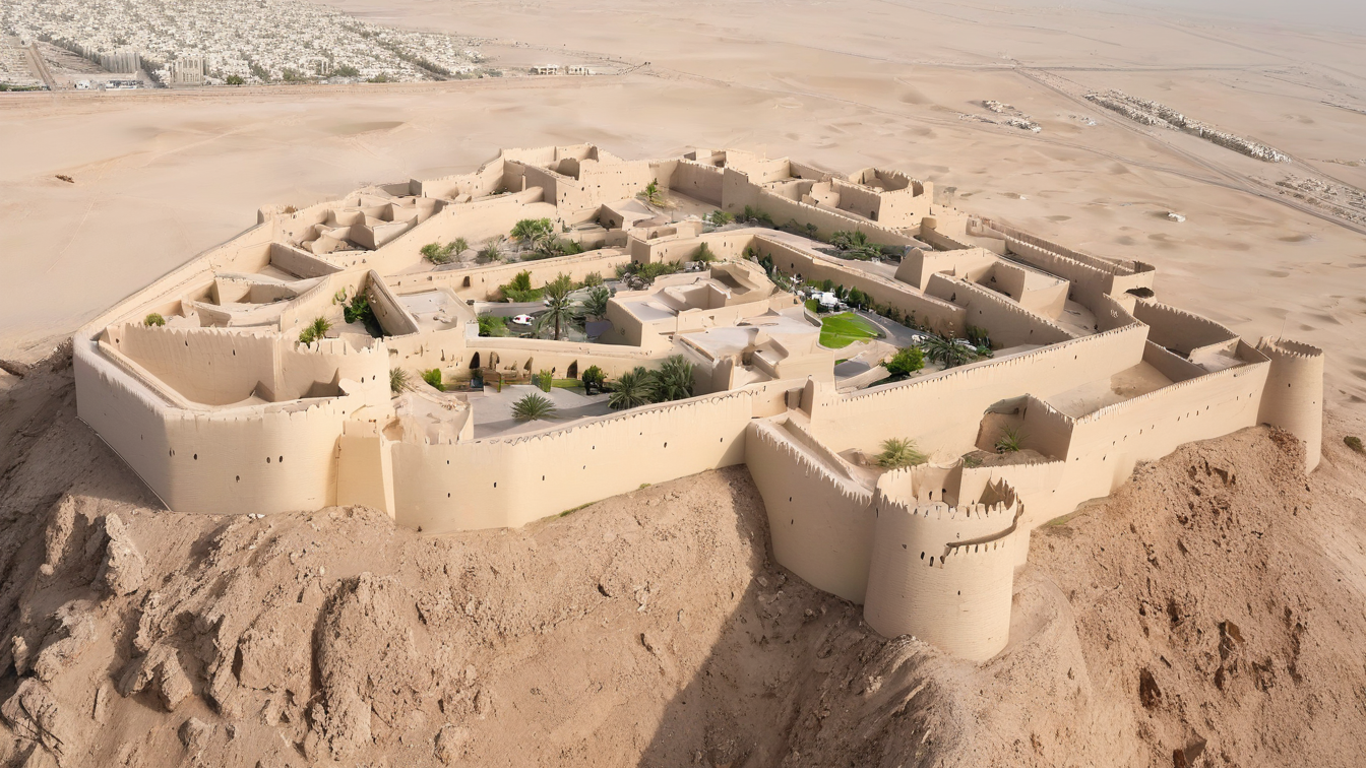 Tourism
Tourism
Dhayah Fort Ras Al Khaimah: A Journey Through the UAE's Most Ancient Hilltop Fortress
Standing proudly atop a 70-meter hill against the backdrop of the majestic Hajar Mountains, Dhayah Fort in Ras Al Khaimah whispers tales of ancient civilizations, epic battles, and enduring heritage. As the UAE's only remaining hilltop fortress, this remarkable monument on the UNESCO World Heritage Tentative List offers visitors a captivating journey through 4,000 years of Arabian history.
Imagine climbing 239 zigzagging steps carved into rugged stone, each step bringing you closer to a fortress that has witnessed the rise and fall of empires. The golden mud-brick walls of al dhayah fort gleam in the desert sun, while 360-degree panoramic views reveal a stunning tapestry of emerald palm oases, azure coastlines, and the towering peaks of neighboring Oman. This is not just a destination—it's a pilgrimage through time.
The Ancient Heartbeat of Dhayah Fort
The story of dhayah fort ras al khaimah begins in the mists of prehistory. Archaeological evidence reveals that this strategic hilltop has been continuously inhabited since the Late Bronze Age, spanning from 1600 to 1300 BC. The very ground beneath your feet at Dhayah Fort holds secrets that stretch back over four millennia, making it one of the most historically significant sites in the Arabian Peninsula.
The current fortress structure, with its distinctive twin-peaked design, was constructed during the 19th century using traditional mud-brick techniques that have proven remarkably resilient against the harsh desert climate. However, the site's strategic importance predates this incarnation by thousands of years. Ras al khaimah dhayah fort was originally built on the foundations of earlier fortifications, creating a layered archaeological treasure trove that continues to yield fascinating discoveries.
The Wadi Suq Legacy
The presence of ancient Wadi Suq tombs at the base of the fort reveals the sophisticated burial traditions of Bronze Age inhabitants. Four of these tombs have been carefully excavated by the Ras Al Khaimah Department of Antiquities and Museums, revealing intricate funerary structures that provide invaluable insights into the religious beliefs and social structures of ancient Arabian civilizations. These archaeological treasures will soon be part of a planned archaeology park, transforming the entire Dhayah area into an open-air museum of human heritage.
The Epic Battle of 1819: Dhayah's Defining Moment
Perhaps no event in the history of dhayah fort in ras al khaimah is as dramatic as the legendary Battle of 1819, which marked the end of an era and the beginning of a new chapter in Arabian Gulf politics. This fortress served as the last stronghold of the Al Qasimi tribe's resistance against British colonial forces, earning its place in history as a symbol of courage and defiance.
Picture the scene: on December 19, 1819, British forces, having already captured Ras Al Khaimah town, turned their attention to the hilltop fortress of Dhayah. Inside the fort, 398 men and 400 women and children—mostly farmers and herders from the surrounding date groves—had taken refuge, hoping the fortress walls would protect them from the advancing army.
For three grueling days, the defenders of al dhayah fort withstood relentless bombardment from British mortars and 12-pound cannons. The siege intensified when two massive 24-pound cannons from HMS Liverpool—each weighing over 2 tonnes—were painstakingly dragged four miles across the desert from the coast of Rams to join the assault.
The final assault came on the morning of December 22, 1819. After two hours of sustained fire from the heavy artillery that breached the fortress walls, the last of the Al Qasimi defenders surrendered at 10:30 AM. The British briefly flew their flag from the conquered fort before demolishing it, marking the end of Qasimi resistance and paving the way for the General Maritime Treaty of 1820—the first of many agreements that would transform the "Pirate Coast" into the "Trucial Coast" and eventually into the United Arab Emirates we know today.
Architectural Marvel in the Desert
Today's dhayah fort ras al khaimah is a testament to traditional Arabian architectural ingenuity. Rebuilt after the 1819 destruction and restored in the 1990s, the fortress showcases the remarkable building techniques that have allowed structures to thrive in one of the world's harshest environments for centuries.
The Twin-Peaked Design
The fort's distinctive twin-peaked silhouette is more than just aesthetically pleasing—it represents a sophisticated approach to desert fortification. The golden mud-brick construction, made from local materials, provides excellent thermal insulation while blending harmoniously with the surrounding landscape. The fortress walls, though appearing simple, incorporate advanced drainage systems and structural elements that have allowed them to withstand both natural elements and the passage of time.
Within the small courtyard at the summit, visitors can explore the two facing towers that form the heart of the complex. Each structure offers unique perspectives of the surrounding terrain, while the central plaza provides space for contemplation and photography. The entire fortress, though compact in scale, demonstrates the practical wisdom of desert peoples who understood how to create enduring structures with limited resources.
The Dhayah Defense System
Dhayah fort in ras al khaimah was not an isolated structure but rather the centerpiece of an elaborate defense network that protected the entire oasis. At the base of the hill stands a larger mud-brick fort, known as a "Sur," which served as a retreat for local farmers and herders during times of danger. This secondary fortification could house both people and livestock, ensuring the survival of the community during extended sieges.
Scattered throughout the surrounding palm groves, visitors can still discover the remains of individual watchtowers that completed the defensive triangle. These structures enabled rapid communication across the oasis through a sophisticated system of signals, creating an early warning network that could alert the entire region to approaching threats.
Natural Splendor and Panoramic Views
The location of ras al khaimah dhayah fort is nothing short of spectacular. Rising 70 meters above the surrounding palm gardens, the fortress commands unprecedented 360-degree views that encompass some of the UAE's most diverse and beautiful landscapes.
The Oasis Ecosystem
Surrounding the fort, a lush oasis creates a startling contrast to the arid mountains beyond. These are among the last surviving natural palm groves in the UAE, sustained by traditional well-based irrigation systems that have operated unchanged for centuries. The date palms, some centuries old, create a verdant canopy that supports a complex ecosystem of birds, insects, and small mammals.
The irrigation system itself is a marvel of ancient engineering. Fed by runoff from the Hajar Mountains during infrequent rains, the water management system channels precious moisture through carefully constructed channels and wells, demonstrating the sophisticated understanding of desert hydrology possessed by the fort's original inhabitants.
Photographic Paradise
For photography enthusiasts, dhayah fort ras al khaimah offers unparalleled opportunities to capture the essence of Arabian beauty. The interplay of light and shadow across the fortress walls creates constantly changing patterns throughout the day, while the surrounding landscape provides a stunning backdrop that changes with the seasons and weather conditions.
Sunrise and sunset visits are particularly rewarding, as the golden hour light transforms the mud-brick walls into glowing beacons while casting long shadows across the date palm groves below. The view westward toward the Arabian Gulf during sunset is especially breathtaking, with the fortress silhouetted against painted skies that range from deep purple to brilliant orange.
Planning Your Dhayah Fort Adventure
Best Times to Visit
The optimal time to experience al dhayah fort is during the cooler months from November through March, when daytime temperatures remain comfortable for outdoor exploration. During this period, the weather is perfect for the challenging climb to the fortress summit and extended photography sessions.
For the most atmospheric experience, plan your visit for early morning or late afternoon. These golden hours offer the best lighting conditions for photography while avoiding the intense midday heat. Sunset visits are particularly magical, as the fortress and surrounding landscape are bathed in warm, golden light that brings out the rich colors of the mud-brick construction.
Operating Hours: Dhayah Fort is open Sunday through Thursday from 9:00 AM to 5:00 PM. The site is closed on Fridays and Saturdays. Best of all, admission is completely free!
The Climb Experience
Reaching the summit of dhayah fort in ras al khaimah requires a moderate level of fitness and proper preparation. The 239 zigzagging steps carved into the rocky hillside are uneven and sometimes steep, requiring sturdy footwear and careful attention to safety. The climb typically takes 15-20 minutes for most visitors, with several natural resting spots along the way that offer increasingly spectacular views.
The path is equipped with wooden railings in the steeper sections, but visitors should be aware that the site is not accessible to wheelchairs, strollers, or other mobility aids. The rocky terrain and absence of lighting also make daytime visits essential for safety.
What to Bring
Successful exploration of ras al khaimah dhayah fort requires thoughtful preparation. Essential items include:
Sun Protection: Wide-brimmed hat, high-SPF sunscreen, and sunglasses are crucial for comfort during your visit. The desert sun can be intense even during cooler months, and the exposed hilltop offers little shade.
Hydration: Bring plenty of water, especially during warmer months. The climb and exploration can be more demanding than anticipated, particularly for visitors unaccustomed to desert conditions.
Comfortable Footwear: Sturdy, closed-toe shoes with good grip are essential for safely navigating the rocky pathway and exploring the fortress ruins.
Camera Equipment: The photographic opportunities are exceptional, so bring extra batteries and memory cards. Consider a tripod for sunset photography sessions.
Getting to Dhayah Fort
Dhayah fort ras al khaimah is located approximately 20 kilometers north of Ras Al Khaimah city center, near the village of Dhayah off the Al Rams Road. The most convenient way to reach the fortress is by private vehicle, as public transportation options are limited.
From Ras Al Khaimah city, take the E11 highway toward Umm Al Quwain for about 10 kilometers, then exit toward Dhayah Fort following clear signage. The journey takes approximately 20 minutes by car. Free parking is available at the base of the hill, near the visitor registration point.
For visitors staying in Dubai or other emirates, the drive to al dhayah fort takes about 60-90 minutes via the E11 highway, making it an excellent day trip destination that can be combined with other Ras Al Khaimah attractions.
Nearby Attractions and Extended Exploration
A visit to dhayah fort in ras al khaimah can be enhanced by exploring other significant historical and natural attractions in the area. The National Museum of Ras Al Khaimah, housed in an 18th-century fort, provides additional context about the region's rich history and archaeological discoveries.
The nearby Al Jazirah Al Hamra ghost village offers a fascinating glimpse into traditional Emirati coastal life, while the dramatic mountains of Jebel Jais provide opportunities for hiking, via ferrata adventures, and the world's longest zipline.
For those interested in continuing their historical journey, consider visiting other UAE landmarks such as the Dubai Mall with its extensive cultural offerings, or planning a comprehensive tour of the Emirates' most significant heritage sites.
Archaeological Significance and Future Developments
The ongoing archaeological work at ras al khaimah dhayah fort continues to yield remarkable discoveries that enhance our understanding of ancient Arabian civilizations. The Ras Al Khaimah Department of Antiquities and Museums has ambitious plans to transform the entire Dhayah area into a comprehensive archaeology park that will showcase the site's 4,000-year history.
This development will include enhanced visitor facilities, interpretive trails, and educational programs that will make the ancient Wadi Suq tombs and other archaeological features more accessible to the public. The project represents a commitment to preserving and sharing the UAE's rich cultural heritage while providing world-class visitor experiences.
UNESCO World Heritage Recognition
The inclusion of dhayah fort ras al khaimah on the UNESCO World Heritage Tentative List recognizes its exceptional universal value as a cultural and historical site. This designation acknowledges the fortress not only as an important example of traditional Arabian architecture but also as a significant archaeological landscape that provides insights into thousands of years of human settlement and adaptation in the Arabian Peninsula.
The Living Heritage Experience
What makes al dhayah fort truly special is its role as a living heritage site that continues to connect visitors with the authentic spirit of Arabian culture. Unlike many historical attractions that feel frozen in time, Dhayah Fort remains integrated with its natural environment and local community.
The surrounding date palm groves are still actively cultivated using traditional methods, providing visitors with an authentic glimpse of agricultural practices that have sustained life in this challenging environment for millennia. Local farmers continue to use the same irrigation techniques and crop varieties that their ancestors employed, creating a bridge between past and present that few historical sites can offer.
Cultural Immersion Opportunities
Visitors to dhayah fort in ras al khaimah often encounter local residents who are eager to share stories about their heritage and the ongoing significance of the fortress in community life. These informal cultural exchanges provide insights that no guidebook can match, offering personal perspectives on how the ancient traditions of the region continue to influence modern life.
The annual date harvest season (typically between September and December) provides particularly rich opportunities for cultural engagement, as the palm groves around the fortress come alive with traditional harvesting activities that have remained unchanged for generations.
Seasonal Variations and Natural Phenomena
Each season brings unique characteristics to the ras al khaimah dhayah fort experience. Winter months offer the most comfortable visiting conditions, with clear skies and moderate temperatures that make extended exploration enjoyable. This is also the season when the surrounding mountains are most likely to be capped with snow, creating a stunning contrast with the golden fortress walls.
Spring brings a brief but spectacular wildflower bloom to the surrounding wadis, particularly after winter rains. These rare displays of desert flowers create photographic opportunities that occur only a few times each year, transforming the usually arid landscape into a carpet of color.
Summer visits, while challenging due to high temperatures, offer their own rewards for hardy adventurers. The intense heat creates dramatic atmospheric effects, with shimmering mirages and unusual cloud formations that can produce some of the most striking photographic conditions of the year.
Conservation and Sustainable Tourism
The preservation of dhayah fort ras al khaimah represents a model for sustainable heritage tourism in the UAE. The site's management carefully balances public access with conservation needs, ensuring that this precious cultural resource will be preserved for future generations while remaining accessible to contemporary visitors.
Visitors can contribute to conservation efforts by following established pathways, respecting archaeological areas, and practicing Leave No Trace principles. The fragile desert ecosystem surrounding the fortress requires careful protection, and responsible tourism practices help ensure that both the cultural and natural heritage of the site remain intact.
Educational Value
Beyond its value as a tourist destination, al dhayah fort serves as an invaluable educational resource that provides insights into Arabian history, traditional architecture, desert ecology, and archaeological methodology. Schools and universities regularly organize educational visits that use the site as a living classroom for studying various aspects of Arabian heritage and environmental adaptation.
The ongoing archaeological research at the site also provides opportunities for academic collaboration and public engagement with scientific discovery, making it a dynamic educational environment rather than simply a static historical display.
Photography and Social Media Opportunities
In our digital age, dhayah fort in ras al khaimah has gained recognition as one of the UAE's most photogenic heritage sites. The combination of dramatic architecture, stunning natural scenery, and rich historical atmosphere creates endless opportunities for capturing memorable images.
The fortress provides excellent subject matter for various photographic styles, from sweeping landscape shots that capture the relationship between human structures and natural environment, to detailed architectural photography that showcases traditional building techniques. The changing light conditions throughout the day offer opportunities for creative photographers to experiment with different moods and atmospheres.
Social media enthusiasts will find that ras al khaimah dhayah fort provides the perfect backdrop for sharing authentic UAE experiences that go beyond the typical urban attractions. The site's dramatic setting and historical significance create compelling storytelling opportunities that resonate with audiences interested in culture, history, and adventure travel.
Future Discoveries and Ongoing Research
The archaeological significance of dhayah fort ras al khaimah continues to evolve as new discoveries emerge from ongoing research. Recent excavations have revealed evidence of occupation spanning multiple historical periods, suggesting that the site's importance extended far beyond its final role as a military fortress.
Future research plans include expanded investigation of the Wadi Suq tombs, detailed study of the traditional irrigation systems, and exploration of additional archaeological features in the surrounding landscape. Each new discovery adds depth to our understanding of how this remarkable site functioned as a center of civilization for thousands of years.
Visitors to the site today are witnessing history in the making, as archaeological work continues to reveal new aspects of the ancient cultures that called this oasis home. This ongoing process of discovery ensures that each visit to al dhayah fort offers the potential for new insights and experiences.
Did You Know? The traditional irrigation system at Dhayah has operated continuously for over 1,000 years, making it one of the oldest functioning water management systems in the Arabian Peninsula.
Conclusion: A Journey Through Time
Standing atop dhayah fort in ras al khaimah, watching the sun set behind the Hajar Mountains while the Arabian Gulf sparkles in the distance, visitors experience something far more profound than a simple tourist attraction. This is a place where the past and present converge, where ancient stones tell stories of human resilience, adaptation, and cultural continuity that span millennia.
The fortress serves as a powerful reminder that the UAE's heritage extends far beyond its modern achievements. In the weathered walls of ras al khaimah dhayah fort, we find evidence of sophisticated civilizations that thrived in this challenging environment long before the discovery of oil transformed the region. The ancient tombs, traditional architecture, and enduring agricultural practices demonstrate the ingenuity and persistence of peoples who learned to not just survive but flourish in one of the world's most demanding environments.
For contemporary visitors, dhayah fort ras al khaimah offers more than just spectacular views and photo opportunities—though these are certainly abundant. It provides a tangible connection to the deep roots of Arabian civilization and an appreciation for the cultural heritage that continues to shape the identity of the modern UAE.
Whether you're a history enthusiast fascinated by ancient civilizations, an architecture lover drawn to traditional building techniques, a nature photographer seeking dramatic landscapes, or simply an adventurous traveler looking for authentic experiences, al dhayah fort delivers on every level. The challenging climb to the summit becomes a metaphor for the human journey through time, while the panoramic views from the top provide perspective on both the natural beauty and cultural richness of the Arabian Peninsula.
As plans for the future archaeology park take shape and new discoveries emerge from ongoing research, dhayah fort in ras al khaimah will undoubtedly continue to reveal new facets of its fascinating story. Today's visitors are privileged to experience this remarkable site during a period of active discovery and development, when each visit contributes to the ongoing appreciation and preservation of one of Arabia's most significant cultural treasures.
The legacy of the Wadi Suq tombs, the drama of the 1819 battle, the ingenuity of traditional architecture, and the beauty of the desert oasis combine to create an experience that resonates long after the visit ends. In our increasingly connected but often superficial world, places like ras al khaimah dhayah fort remind us of the deep currents of human history that continue to flow beneath the surface of contemporary life.
For additional information about visiting this remarkable heritage site, contact the Ras Al Khaimah Department of Antiquities and Museums at +971-7-233-8998 or visit the official website at https://en.rasalkhaimah.ae/things-to-do/dhayah-fort-p675511.
Have you visited Dhayah Fort? Share your experience!
We'd love to hear about your journey to this incredible historical site. Did the climb challenge you? What views impressed you most? Share your photos and stories of exploring the UAE's highest hilltop fortress. Your experiences help inspire other travelers to discover the rich heritage that awaits at Dhayah Fort in Ras Al Khaimah!
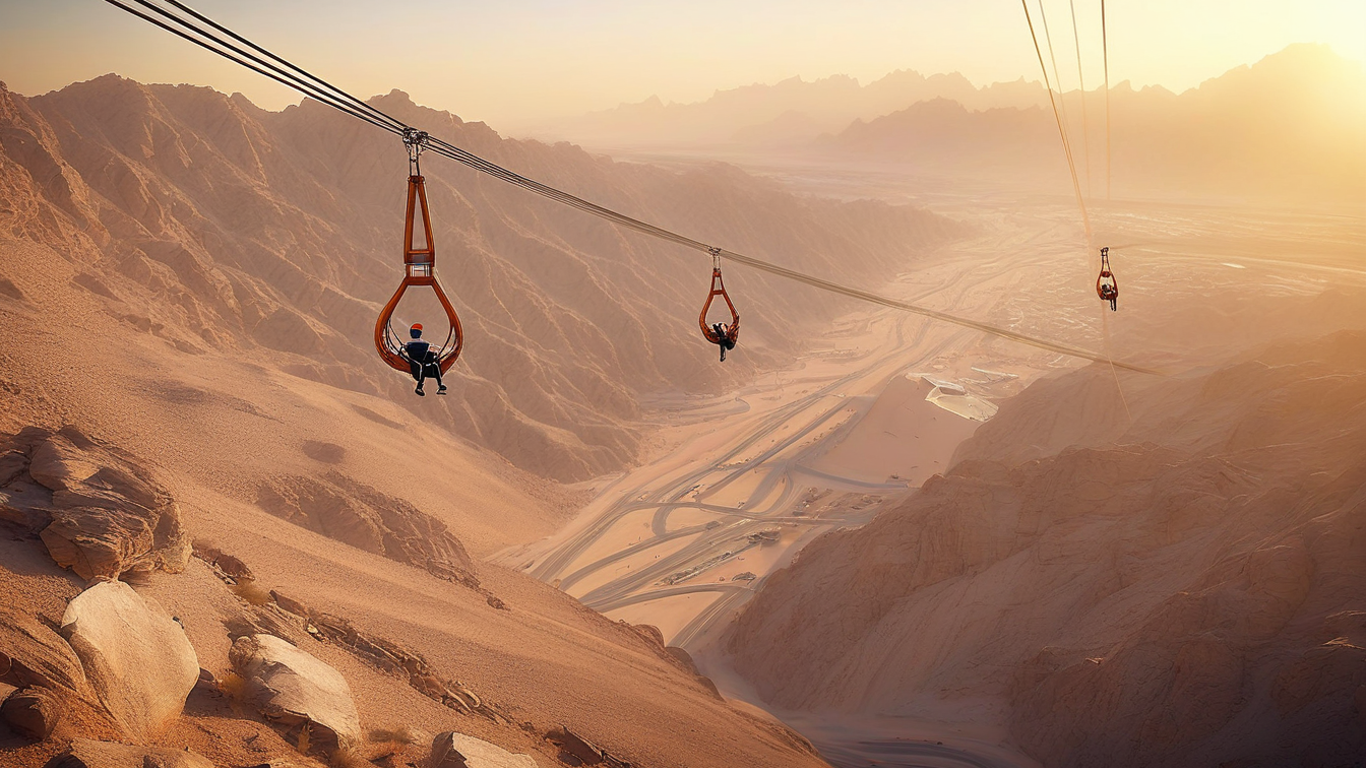
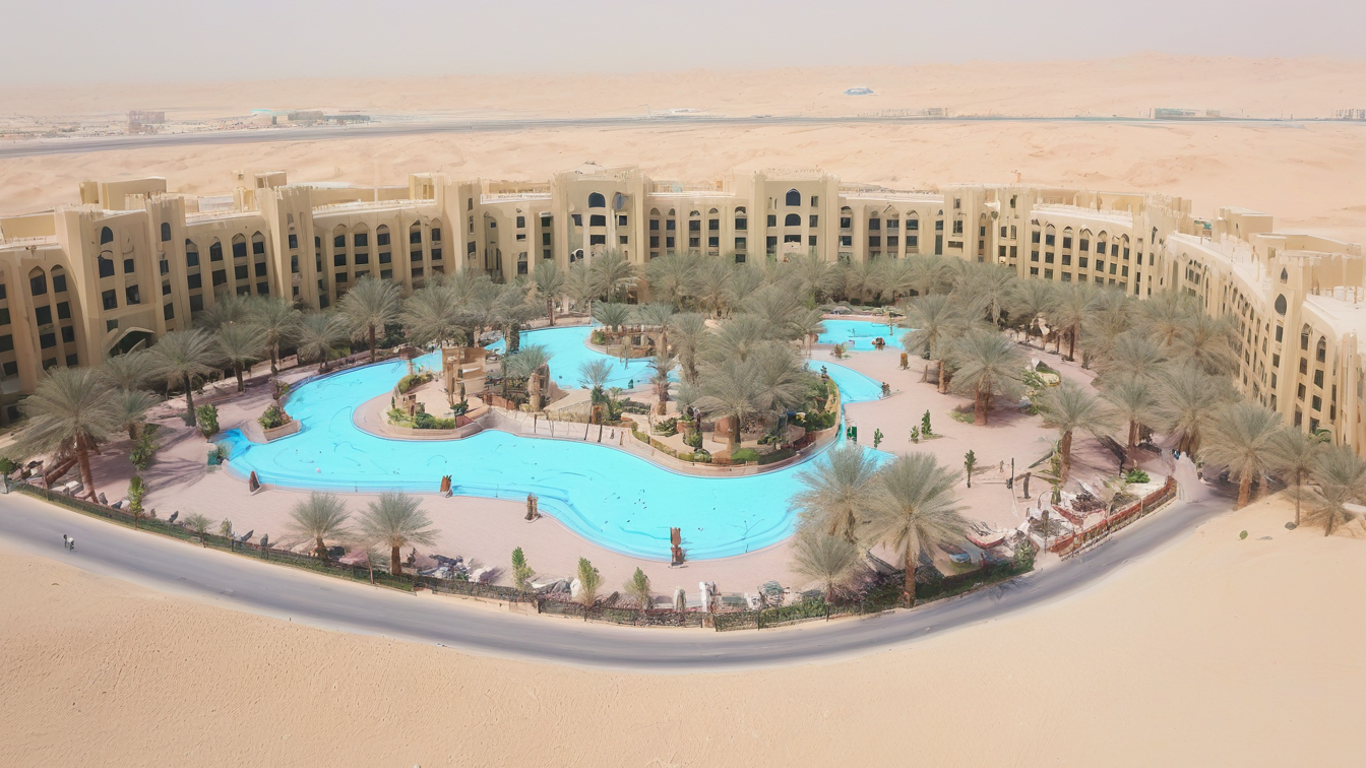
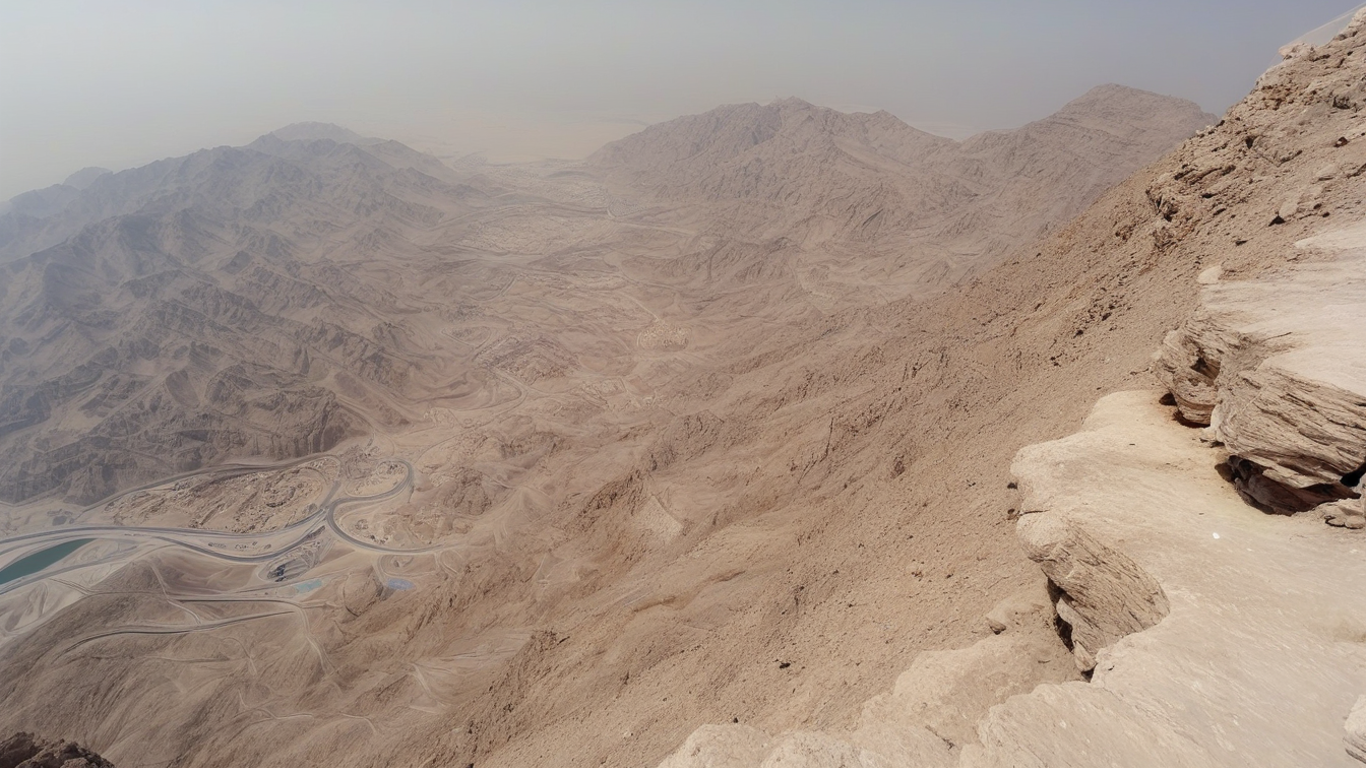
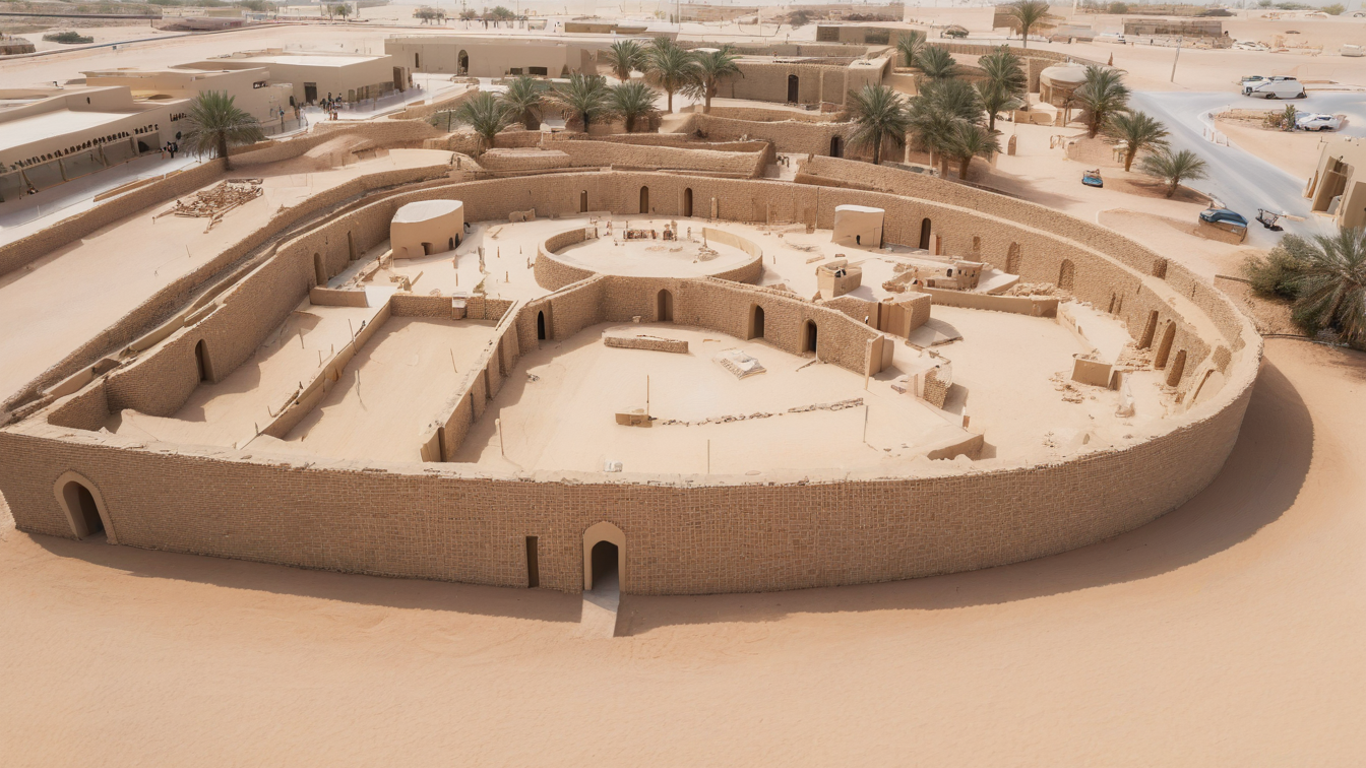
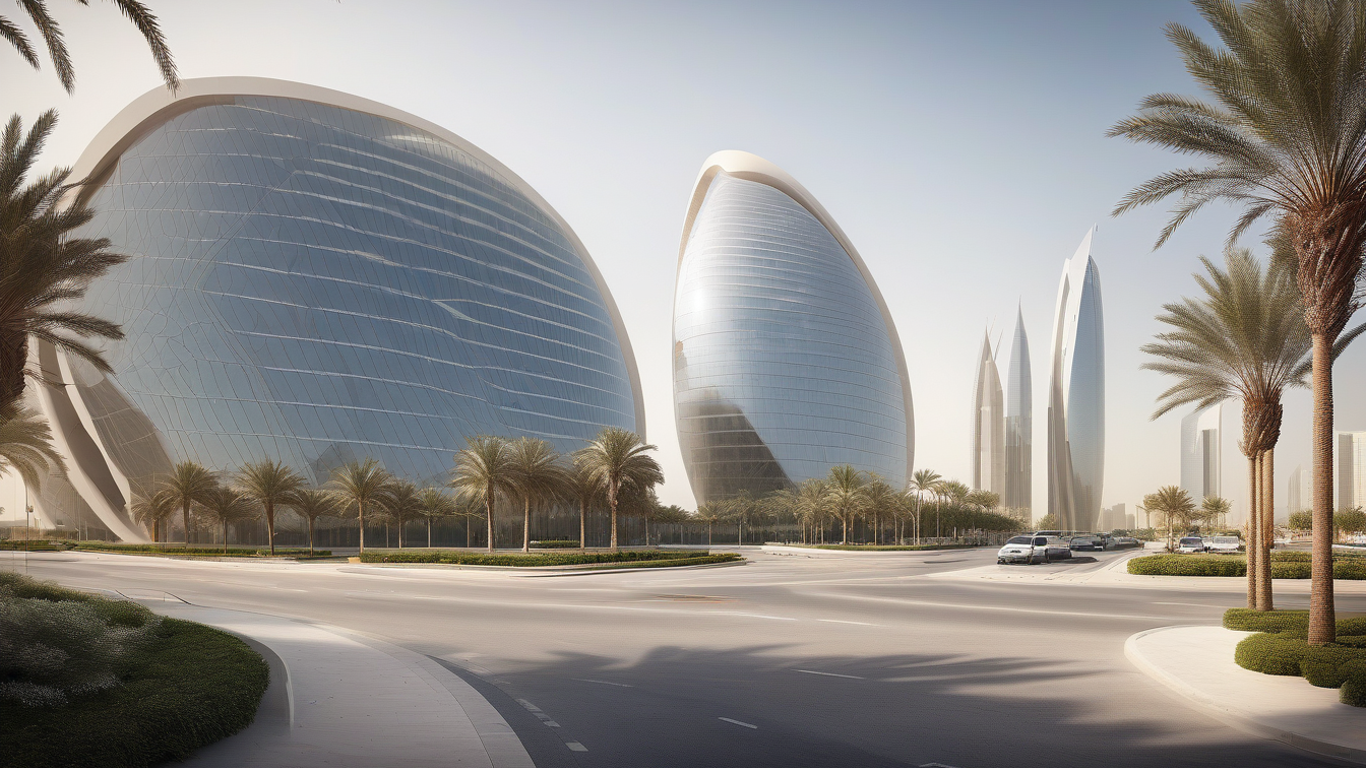
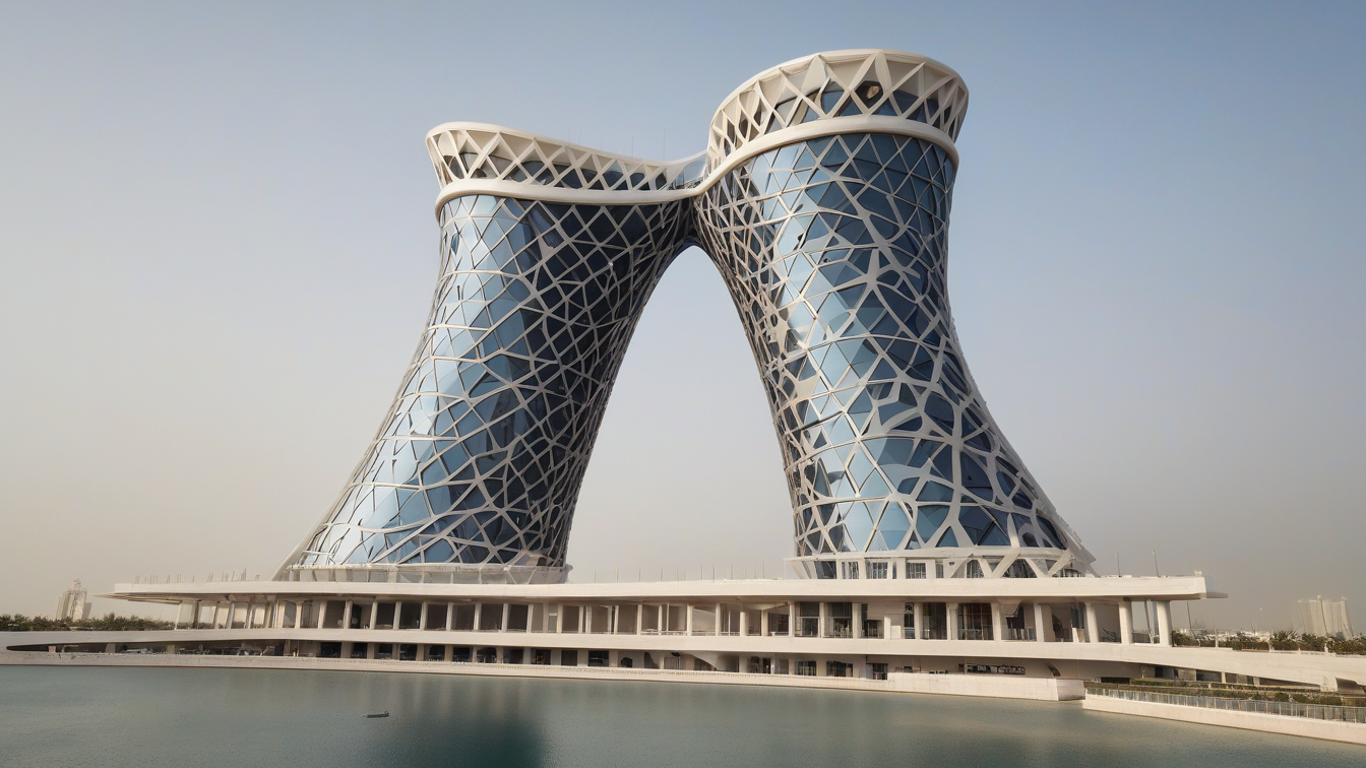
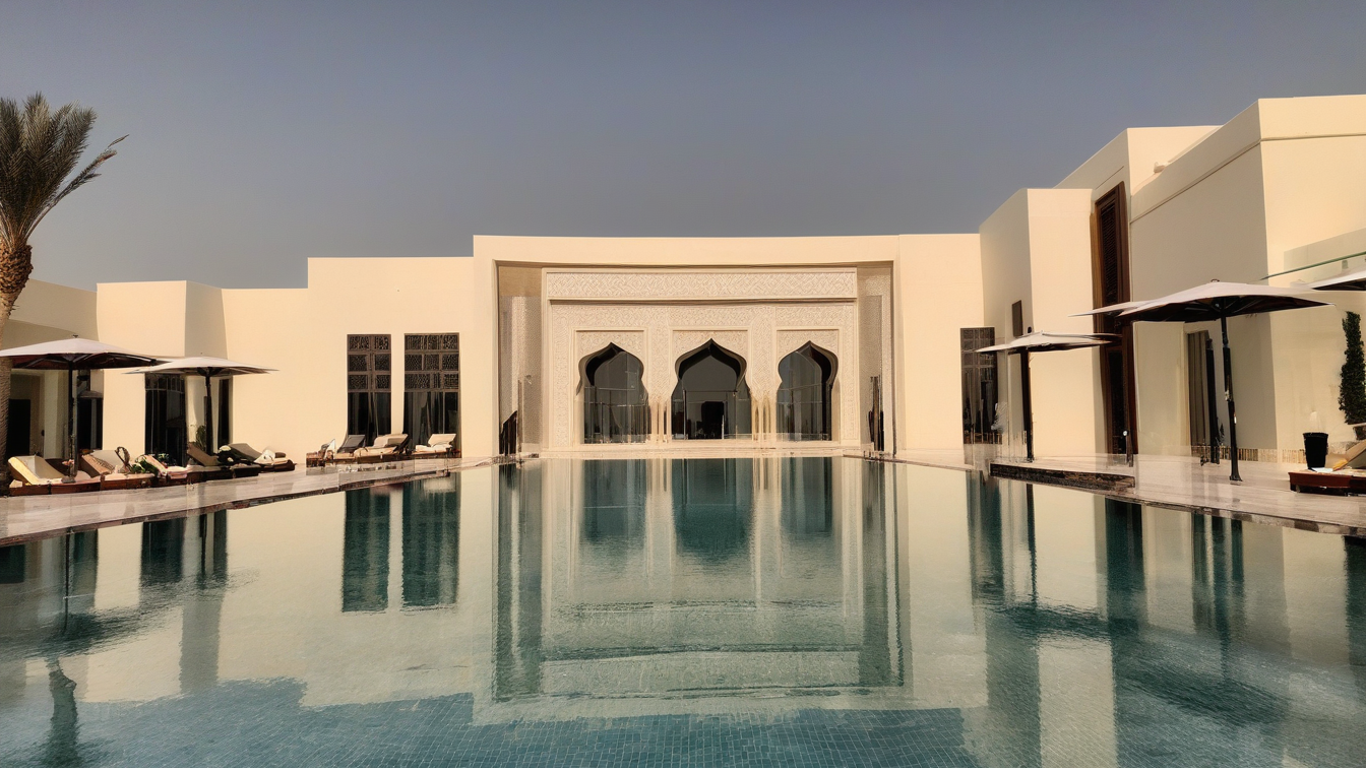
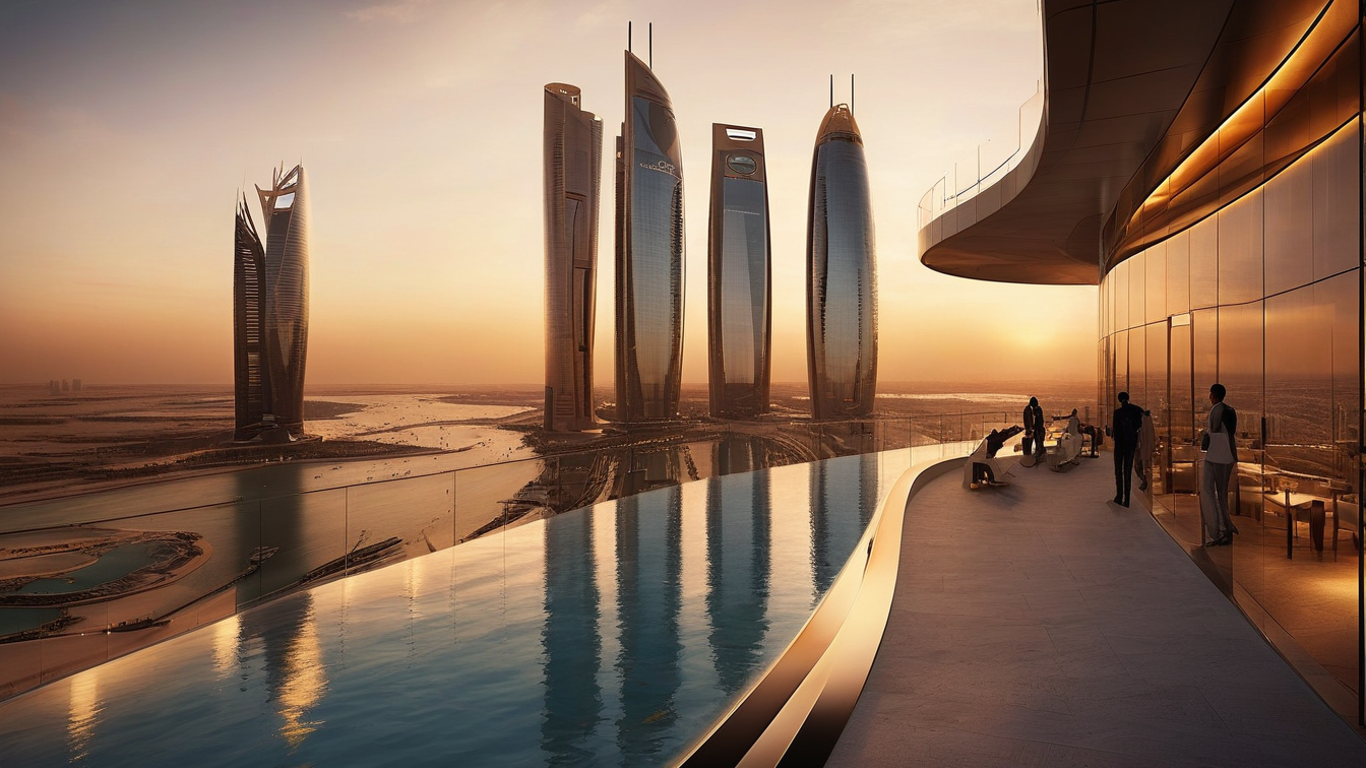
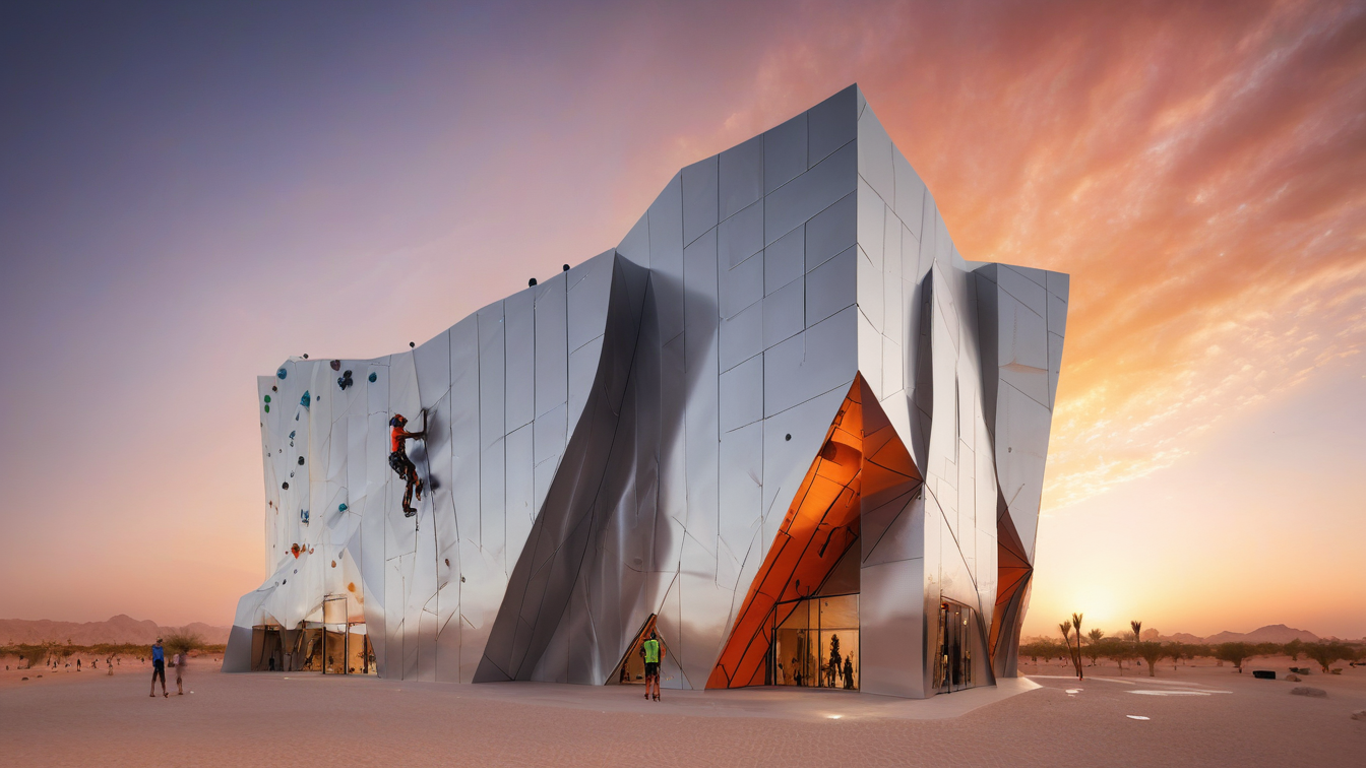


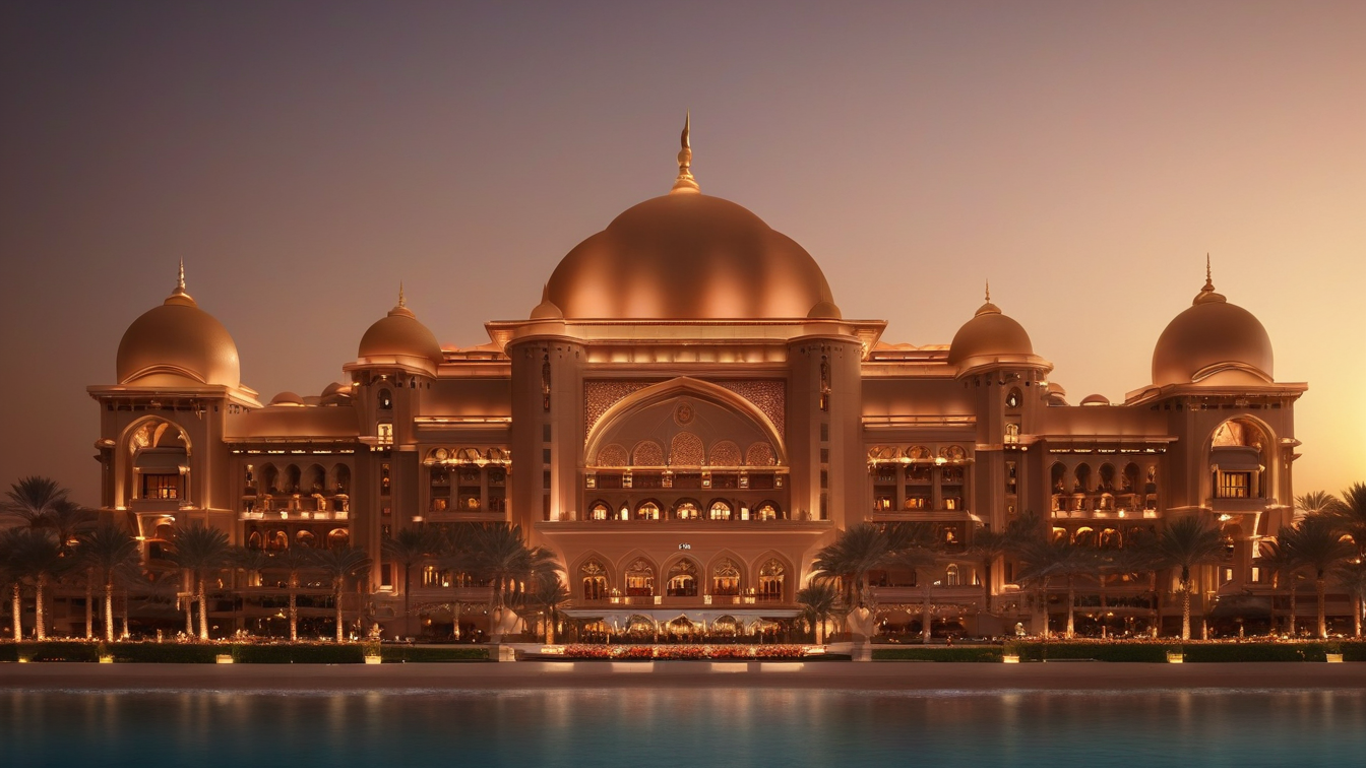

Comments (0)
{{ obj.comment_user_info.fullname }}
{{ obj.date_formatted }}{{ expandedComments[index] ? obj.comment : obj.comment.slice(0, 50) + (obj.comment.length > 50 ? '...' : '') }}
Add Comments
Login to comment